I’ve been doing a lot of designing recently, and one of my current obsessions is lighthouses. There’s a very specific reason why this has become a thing that I’m interested in, which will all be revealed later – but I just thought it was time to share this little story with you as it’s been the theme to my week.
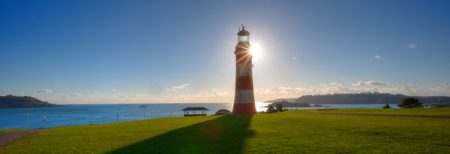
Lighthouses
I’ve always thought there was something romantic about lighthouses. The first time I ever really encountered the structure was in “Five Go To Demon’s Rocks” by Enid Blyton – one of the Famous Five books. Living in a landlocked country in the middle of dry Africa, I couldn’t really imagine what a lighthouse was, and how it manifested itself.
Moving to South Devon at the age of 10, I encountered my first one. We spent a lot of time on the beach, and this became a more late-night occurrence through my later teen years. Beach parties were usually punctuated by that pinprick of light, while trips to Plymouth, the local city, normally involved a climb up this big ole landmark.
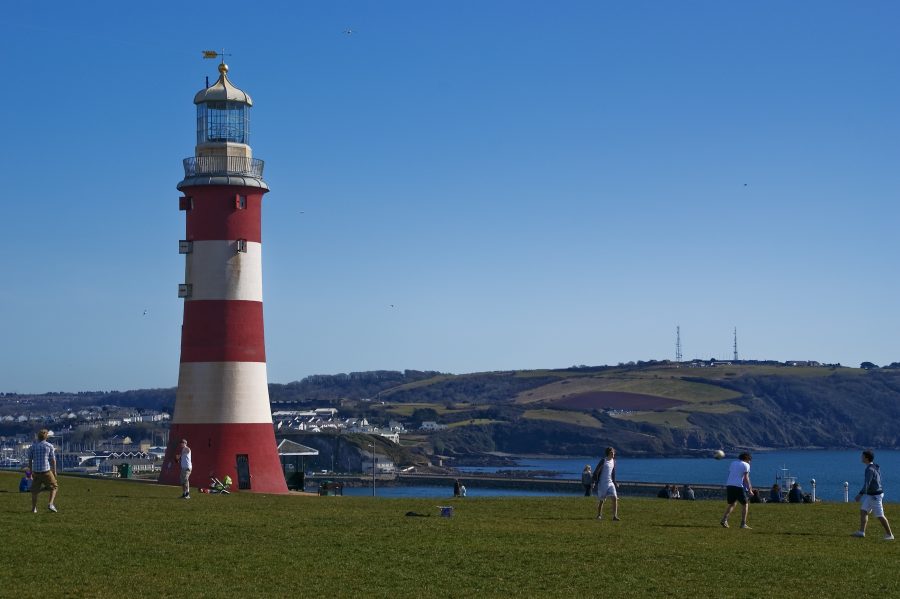
I think part of the charm for me is the history of the thing. Long, long, long before there was GPS, sailors needed to navigate tricky passages through water channels around the globe, and the lighthouse was the structure that made this slightly safer. The Wikipedia article on the history of the lighthouse is quite interesting – if you fancy a read, it’s here.
Handily, the Wiki article brings me to the lighthouses that are of immediate interest to me! The Eddystone Rocks are in Plymouth Sound, which is just down the road. These are a major hazard to boats in the English Channel, and are particularly tricky to build on because of the sea conditions in the area. As a result, the Eddystone Lighthouse designed by John Smeaton had to be super creative, and his development of the structure brought the design of lighthouses forward by leaps and bounds. (He also essentially invented modern lime cement by rediscovering the Roman method of using lime to set things. What a dude.)
The lighthouse that Smeaton designed stood in place until 1877, when the rock it stood on started to erode and it started to look like the whole thing would vanish into the sea. Dismantled* and reassembled on Plymouth Hoe, it is now a landmark of Plymouth…bringing us back to a teenaged Corrie, climbing the lighthouse and dreamily staring out across the Westcountry and the English Channel. Smeaton’s Tower is now John Smeaton’s memorial, and is also a Grade I listed building. Visitors can climb the 93 steps for under £5…come to Plymouth, we have the best attractions!
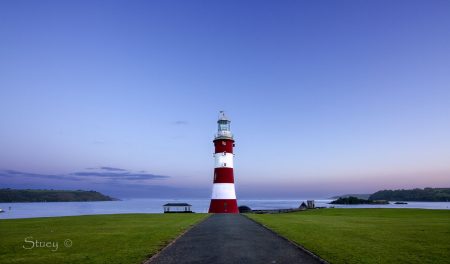
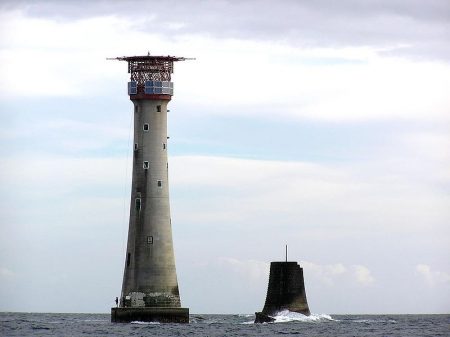
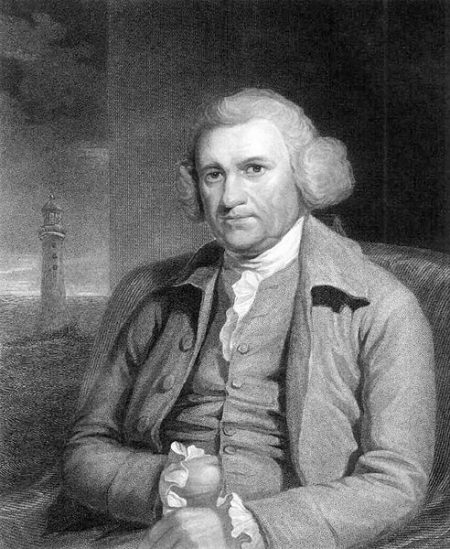
When I was given the opportunity to design a sea themed cross stitch, I immediately thought of lighthouses. What better way to honour the romance than spending hours staring at my needlework?? You’ll see the finish piece next week…
What do you think of lighthouses? Romantic piece of history, or something else? I now have plans to make John trek up the steps with me the next time he’s in Devon. We do the best things!
Much love,
Corrie xx
*In case you’re worried for the sailors around the Eddystone Rocks, Douglas’s Tower was built and replaced Smeaton’s Tower in 1879. The base of Smeaton’s Tower stands next to the modern lighthouse as it was cemented so strongly to the rocks that the Victorian Engineers couldn’t lift it. Go Smeaton!
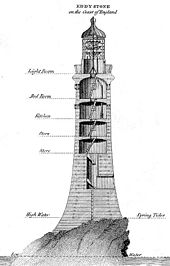
SOURCES
Primarily Wikipedia.








